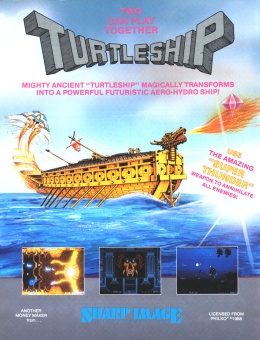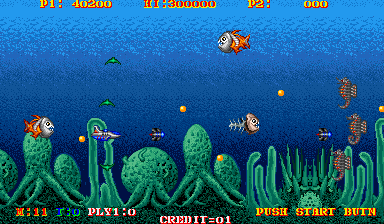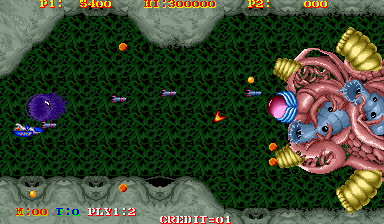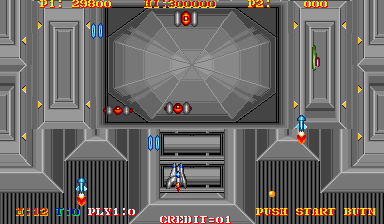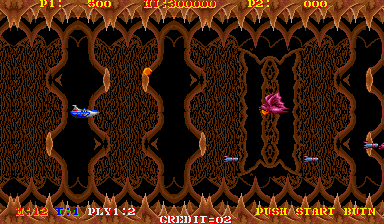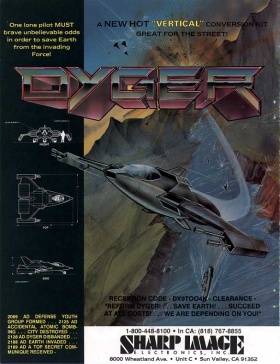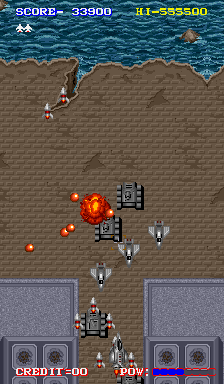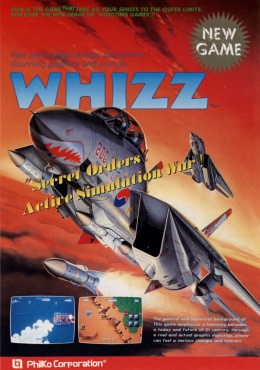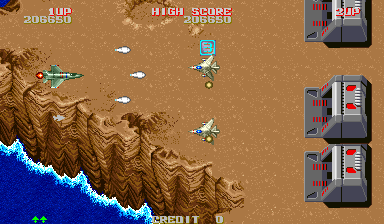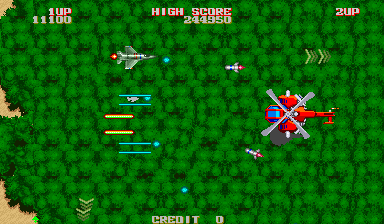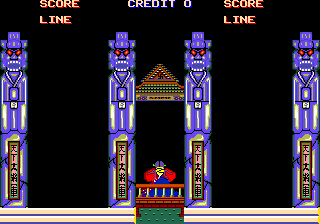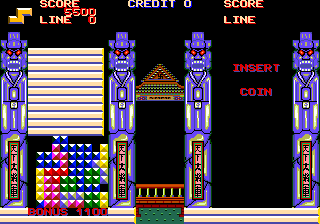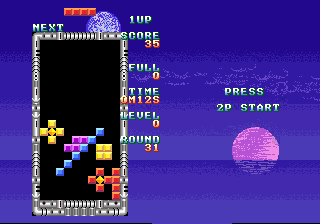A History of Korean Gaming
필코 PhilKo

|
Founded: |
July 30, 1985 |
|
Status: |
defunct (1993) |
|
Key People: |
李鳳學 이봉학 Yi Bonghak: |
|
Website: |
none |
Another early arcade game manufacturer. Like SunA's early output, their games were also imported to the USA by Sharp Image. Although the company was founded in 1985, an R&D department for arcade machines and games wasn't established before 1987. That same year the company also founded the Korean Computer Graphics Research Association, a cooperation of six companies for joint reserach in computer graphics technology.1 Over the course of a year, the company also held at least four rounds of a game scenario writing competition, with prizes up to 3,000,000 Won.2
According to a 1989 newspaper article, the company produced seven arcade games in 1988 and had planned 20 more for 1989,3 which would mean that only a small fraction of their products is known so far. Beyond the known games below, the Korea Copyright Commission has records of filed copyrights for the titles Red Wolf and Turtle Ship II in 1988, Z-Ski, Baby Punch and 88 Tetris in 1989, as well as Lock On and Destroyer in 1991,4 but it gives no additional info beyond the titles and copyright dates.
Aside from a range of original titles on boards derived from Capcom and Sega hardware, PhilKo chips have also been spotted on a few straight up bootleg copies of games like R-Type. In 1989, the company and its representative Yi Bonghak were prosecuted for illegal reproduction of circuit boards and fined 10,000,000 Won each.5
The later Daou Infosys and YeonWoo Soft6 artist Ha Sangyeon stated having worked on the "action & shooting" game Destroyer at Philko before, and also mentioned that he received training from a Tecmo planner during that time,7 which hints at some cooperation between PhilKo and the Japanese company.
In June 1991, PhilKo boss Yi Bonghak started the construction company On'gok Developments,8 which seems to have been around the time when PhilKo stopped putting out arcade games. The company name was still included with On'gok Developments on job offerings printed in early 1993, but those only mention construction jobs and nothing related to video game development.9
Games
Turtle Ship / Geobukseon Jeonjaeng (거북선전쟁) - Arcade (1988)
Flyer
PhilKo's first (known) game seems to rip off Capcom's Side Arms: Hyper Duel in some way, as the hardware is derived and the code contains some residues of the 1986 game.10 This seems rather surprising, as the two games don't actually have much in common other than both being 2D shoot 'em ups. Turtle Ship consists of a mix of sidescrolling and vertical stages, 8 overall. Upgrade items are quite rare, so all but the more skilled players are stuck with the boring weapon systems for the most time. There are a few interesting elements, like a powerup that slows enemies down for a short time, or missiles as a limited secondary weapon.
The music seems to be original, other than in most Korean arcade games at the time, but nonetheless Side Arms isn't the only game being ripped off, as the R-Type boss below shows. All this legal questionabilities didn't prevent the game to be exported both to the USA and Japan, a feat achieved only by few Korean games even until the late nineties.
Dyger (다이저) - Arcade (1989)
Flyer
A female(!) employee of the global defense organ called Dyger accidently sets of an atomic bomb, killing thousands of people. To forget her guilt, she locks herself in static sleep inside a time capsule. But someday she's waken up in by the turmoil caused by an alien invasion and now remains earth last hope for survival.
That is the, quite grief for the time, introduction to Dyger, a vertical scrolling shooter based arount the then common weapon system divided into an air-to-ground- and an air-to-air weapon. The latter one can be upgraded multiple times, but if there's no further upgrade picked up for too long, the superior weapons get lost gradually. The difficulty level is imbalanced, especially for bosses, but the fact that the player's plane is reset to checkpoints after every hit makes the game overall very hard. Except for the boss rush at the end, the game can be considered ordinary in every aspect.
The presentation is quite nice, other than the intro cutscene there's a sequence of a mother ship picking up and dropping off the player in between missions, and the player's initials for the high score line are entered as a tag on the plane.
Whizz / Twin Falcons - Arcade (1989)
American Flyer
Whizz goes back to horizontal scrolling, but like Diger features air-to-ground missiles. Only here they also destroy airplanes, maybe because ground targets are not too frequent. Not the most brutal game to begin with, the diagonal 3-way shot makes this a real cakewalk among shmups. Frustrating is only the extremely short invincibility time upon respawn, especially when the game decided to fill the entire screen with enemies in the meantime.
Together with boring stage design, a slow pace and subpar graphics and music even compared to its "predecessors", this is one of Philko's weaker games. Like many other arcade games in the 80s, Whizz was released in North America, under the title Twin Falcons.
Xyonix (자이어닉스) - Arcade (1989)
Tetris with a traditional Korean skin. Philko's puzzle games of the later period apparently used some stripped-down System 16 clone hardware without any sprite capabilities. Not much else to say here.
Quick Info:
|
Developer: |
PhilKo |
|
Publisher: |
PhilKo |
|
Genre: |
Puzzle |
Atomic Point - Arcade (1990)
This time it's Tetris 2. One cannot help but diagnose the beginning decay of Philko by this time.
Quick Info:
|
Developer: |
PhilKo |
|
Publisher: |
PhilKo |
|
Genre: |
Puzzle |
Quick Info:
|
Developer: |
PhilKo |
|
Publisher: |
PhilKo |
|
Genre: |
Action: Single Screen |
References
1. Maeil Gyeongje 8/6/1987, page 8
2. Calls for submissions of the second to fourth competition can be found in Computer Study 8/1987, 11/1987 and 4/1988.
3. Maeil Gyeongje 2/17/1989, page 17
4. Korea Copyright Commission search for 필코 (link only works in Internet Explorer)
5. Dong-A Ilbo 3/30/1987, page 13
6. Gamepia 2/1997, page 217
7. Game Champ 2/1993, page 125
8. The Kyunghyang Shinmun 10/16/1992, page 21
9. The Kyunghyang Shinmun 1/27/1993, page 21
10. Arcade History on Turtle Ship
